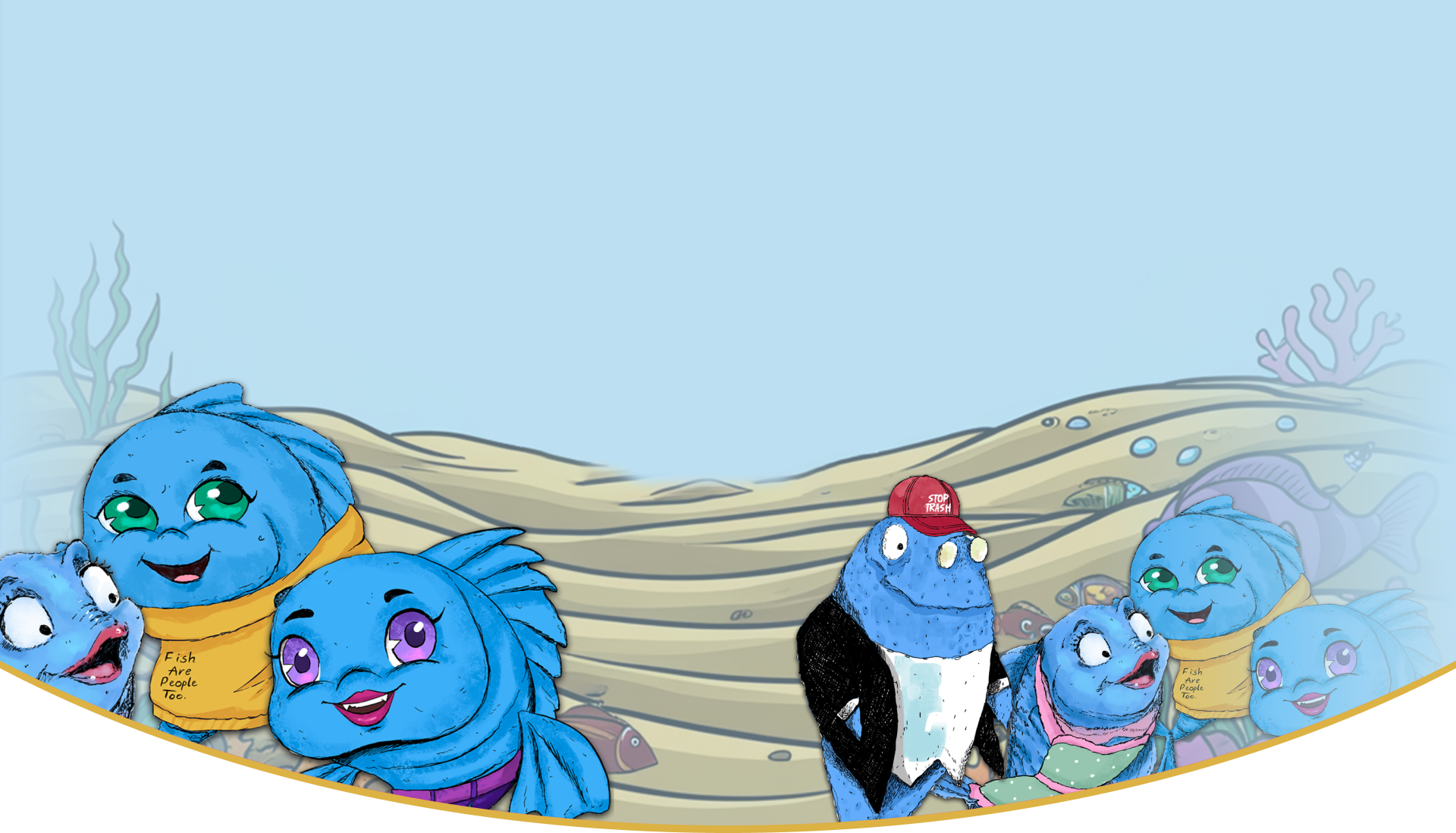The ocean’s creatures are sending us messages we can’t afford to ignore.
Marine animals serve as living indicators of ocean health, much like canaries once warned coal miners about dangerous gases. Unlike human-made instruments that measure specific chemicals or temperatures, sea creatures reflect the overall condition of their environment through their behavior, appearance, and survival rates.
Coral reefs act as underwater report cards for ocean conditions. When water becomes too acidic from absorbed carbon dioxide, corals begin to bleach, losing the colorful algae that keep them healthy. This bleaching isn’t just about aesthetics; it signals that the ocean’s chemistry is changing in ways that threaten entire ecosystems. Healthy coral reefs support thousands of species, so when corals struggle, the effects ripple through the marine food web.
Fish populations tell stories about pollution levels and habitat destruction. When certain species disappear from areas where they once thrived, it often means their food sources have vanished or their breeding grounds have been damaged. Overfishing plays a role, but pollution frequently makes the situation worse by contaminating the smaller organisms that larger fish depend on for survival.
Sea turtles carry plastic pollution data in their stomachs. Researchers studying deceased turtles often find plastic bags, bottle caps, and other debris that the animals mistook for food. These findings provide concrete evidence of how human waste reaches marine life, often in quantities that surprise even scientists studying the problem.
Dolphins and whales demonstrate the effects of noise pollution on marine life. These intelligent animals rely on sound for communication, navigation, and finding food. Increased shipping traffic and industrial noise can interfere with their ability to perform basic life functions, leading to changes in migration patterns and feeding behaviors.
Seabirds reflect the health of marine food chains. When fish populations decline due to pollution or climate change, birds that depend on those fish for food begin showing signs of malnutrition. Changes in bird nesting success and chick survival rates often indicate problems in ocean ecosystems before other signs become obvious.
Shellfish serve as filters that concentrate pollutants from seawater. Mussels, oysters, and clams process large volumes of water while feeding, accumulating toxins in their tissues. Scientists regularly test these animals to monitor pollution levels, making them valuable early warning systems for contamination.
Changes in animal behavior patterns provide insights into environmental stress. Fish that normally school together might scatter when water quality declines. Marine mammals might alter their migration routes to avoid polluted areas. These behavioral changes often occur before physical symptoms become apparent.
The migration timing of various species reflects changing ocean temperatures and currents. When animals arrive at traditional breeding or feeding grounds earlier or later than usual, it suggests that ocean conditions are shifting. These timing changes can disrupt predator-prey relationships and affect the success of marine ecosystems.
Scientists study marine animal health by examining physical condition, reproductive success, and population trends. Animals living in heavily polluted areas often show signs of disease, reduced fertility, and shorter lifespans compared to those in cleaner environments.
The messages from marine life are becoming increasingly urgent. Species that have survived for millions of years are now struggling with rapid environmental changes caused by human activities. By paying attention to what these ocean inhabitants are telling us through their health and behavior, we can better understand the true cost of pollution and take more effective action to protect marine ecosystems.


